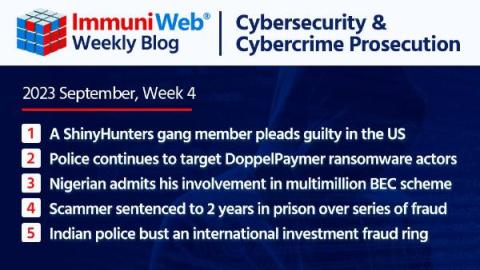Our New Ransomware Defence Assessment
The Ransomware Defence Assessment (RDA) service offers a comprehensive approach to bolster your organisation against ransomware threats. Our method, leveraging the CIS framework, combines asset identification, vulnerability scanning, policy review, training, and continuous improvement to ensure a holistic defence strategy.











